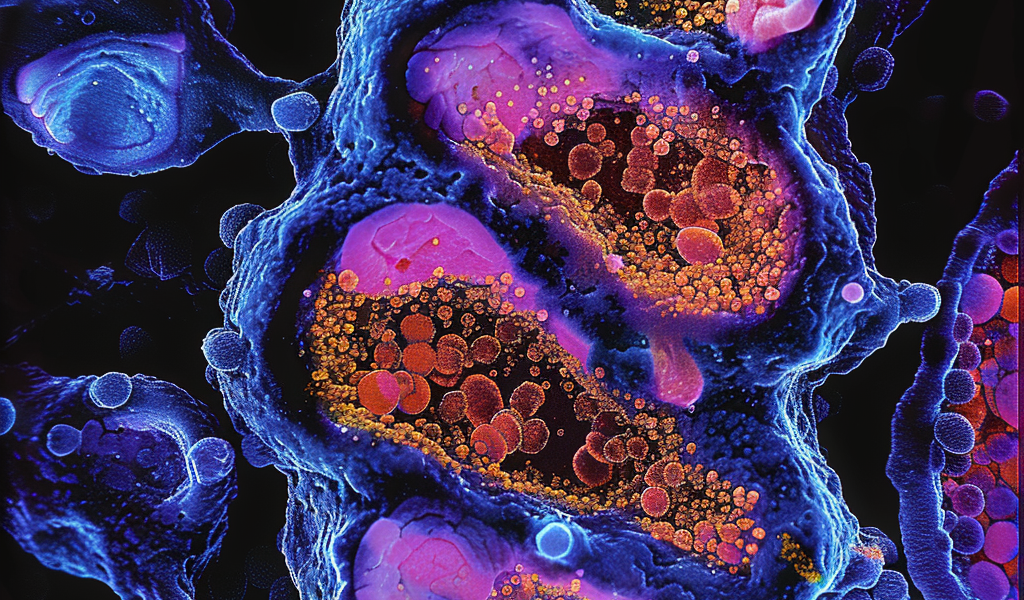Recent research has shed light on age-specific responses of nasal epithelial cells to SARS-CoV-2 infection, providing valuable insights into the differences in cellular reactions between children and older adults. The study, conducted by a team of scientists including Maximillian N. J. Woodall and Ana-Maria Cujba, delved into the cellular landscape and function of nasal epithelial cells from different age groups when exposed to the virus.
One of the key findings of the study was the distinct cell tropism of SARS-CoV-2 and the varying expression levels of ACE2 and TMPRSS2 receptors in nasal epithelial cell subtypes across different age brackets. While ciliated cells were identified as viral replication centers in all age groups, infected pediatric cultures exhibited a unique goblet inflammatory subtype characterized by high expression of interferon-stimulated genes and incomplete viral replication.
Conversely, older adult cultures infected with SARS-CoV-2 demonstrated a proportional increase in basaloid-like cells, which are associated with viral spread and altered epithelial repair pathways. The study also confirmed the age-specific induction of these cell types by integrating data from in vivo COVID-19 studies, validating the relevance of the in vitro model in mimicking early epithelial responses to the virus.
Despite the availability of effective vaccines, age remains a significant risk factor for COVID-19 mortality, with individuals over 85 years facing a higher risk of mortality upon infection. The research underscores the importance of understanding the age-specific responses of nasal epithelial cells to SARS-CoV-2, as these cells serve as the primary targets for the virus and play a crucial role in determining the progression of the infection.
Further studies in this area could potentially lead to the development of age-specific treatment strategies or interventions to better manage COVID-19 cases based on the unique cellular responses observed in different age groups. By unraveling the intricate mechanisms of viral interaction with nasal epithelial cells, researchers aim to enhance our understanding of COVID-19 pathogenesis and potentially improve outcomes for individuals across various age demographics.





